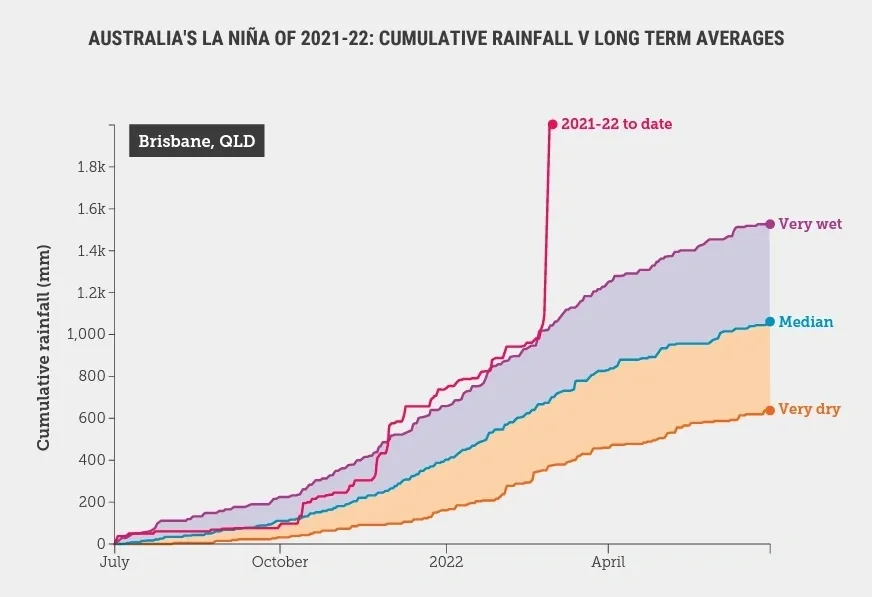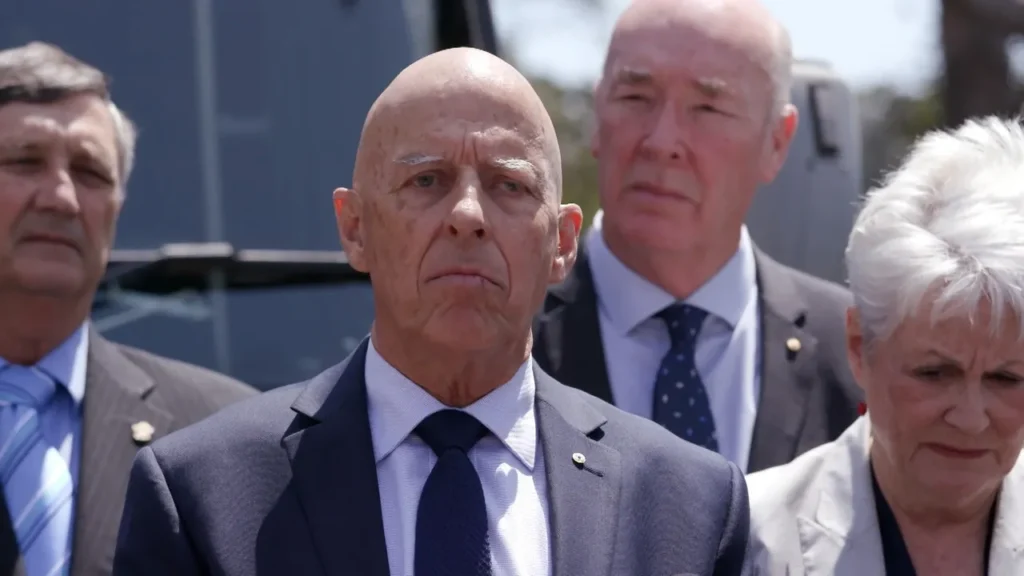DAILY NEWS – ENVIRONMENTAL JUSTICE

The sun is shining on Australia’s east coast today for the first time in weeks but I am sitting here wondering if ‘rain bomb’ will become the Macquarie Dictionary’s word of the year and thinking about what will need to happen – how bad will it have to get – for there to be real political action on the climate crisis.
By Jackie Pearson
The Climate Council is again calling for action – urgent action. Its rapid response report on the east coast floods responds to claims by politicians that this latest emergency could not have been predicted or prepared for.
“Governments, such as the Morrison Government, which have failed to substantially reduce emissions earlier have sentenced communities in Australia and around the world to more dangerous extreme weather events,” the report says.
“Truly transformative climate action is required. This means halving global greenhouse emissions over the coming decade and reaching net zero emissions globally by 2040 at the very latest,” it says.
The Climate Council is calling for Australia to reduce its emissions by 75 per cent below 2005 levels by 2030 and reach net zero by 2035.
“Failing to rapidly and deeply reduce global emissions will severely increase risks to Australian lives and livelihoods, communities and ecosystems.”
“Climate change is firmly embedded in the 2022 flooding emergency,” the report states, “with some regions experiencing rainfall that was simply off the charts”. The doctors, professors and researchers who are the Climate Counsellors state unequivocally that the “intense rainfall and floods devastating communities…is taking place in an atmosphere made warmer and wetter by climate change, which is driven by the burning of coal, oil and gas”.
Rising ocean and atmospheric temperatures are increasing the intensity of storms
According to the report, the intensity of short duration rainfall events has increased by 10 per cent in recent decades and daily rainfall totals associated with thunderstorms have increased over the past 40 years.
“The higher global temperatures rise, the worse such events become,” it says. For each 1 degree rise in global average temperature, the atmosphere can hold approximately seven per cent more moisture…the likelihood and intensity of extreme and highly destructive events …is increasing with climate change.”
Some of the statistics included in the rapid response report are, well, let’s not use the word “unprecedented”:
· Brisbane received almost the same amount of rainfall in three days that London in the UK typically receives in an entire year.
· The Brisbane River below Wivenhoe gained 1450 billion litres of water in under three days – enough to fill Sydney Harbour three times over and 50 per cent more water pouring into the dam in half the time than in the 2011 flood.
· The Wilson River in NSW broke the previous flood record by more than two metres, the Richmond peaked at 7.32 metres when its previous high had been 6.1 and at Woodburn it topped 7.18 metres, nearly double its previous record.
The Climate Council report in turn quotes the Intergovernmental Panel on Climate Change (IPCC) recent report which speaks of “cascading and compounding climate disasters”.
It states that with sea level rise of 0.5 metres what is currently called a “one in one hundred year” flood event in Australia could happen several times a year. Under a high-emissions scenario sea levels are expected to rise between 0.63 and 1.01 metres compared to 1994-2014 levels.
The Climate Council’s rapid response report goes on to spell out the harm to our health caused by extreme weather events particularly in terms of water security, mental health, economic health.
“By 2060 it is estimated floods could cost our national economy $40 billion each year,” it says, quoting Deloitte Access Economics 2021.
The cost of extreme weather disasters has already more than doubled since the 1970s.
And how much are we currently spending trying to mitigate disasters – three per cent. We are spending 97 per cent of currently available disaster funding on the cleanup.
Past greenhouse gas levels have already “locked in” certain levels of climate change but “we can still influence how much worse things become,” the Climate Council says.
“The severity of many extreme weather events that young people today, our children and grandchildren will face later this century depends on how fast and how deeply greenhouse gas emissions can be reduced now, next year and within the next decade.”
Australia is out of step with the rest of the world and it must take much stronger, bolder commitments to global climate change action, the Climate Council argues. “It is time for a step change in the approach of all levels of government and all types of business in their climate action efforts.”
What can you do?
It is easy to feel helpless when the climate crisis is such an enormous problem but there are steps you can take:
1. Contact a representative of your local Council (Councillor) and ask them what they are doing to help your community become more resilient.
2. Write to your state and federal MP and Senators in your state asking them to commit to lower emissions targets and to more spending on disaster mitigation.
3. There is a federal election due in Australia by the end of May. Ask each candidate in your federal seat what they are going to do if elected to address the climate crisis. Will they support a more ambitious emissions reduction target? Will they commit to more spending on disaster mitigation? Your vote really can make a difference.
4. Tell friends, family and colleagues to take the same steps
See the full Climate Council report here


